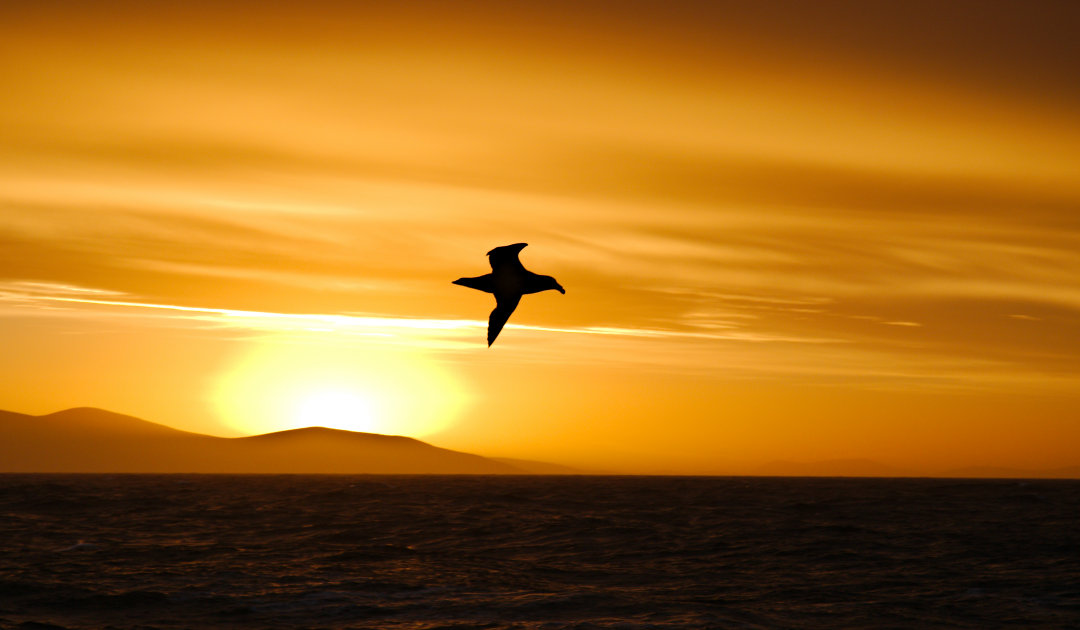
Cruise ships in Antarctica represent a non-negligible scientific platform for monitoring bird communities, according to British and Norwegian scientists who experimented with this mode of observation between 2019 and 2020.
On September 18, a study published in Frontiers in Marine Science described the value of cruise ships for studying Antarctic bird and marine mammal communities.
A research team, including Victoria Ollus, a biologist from the Norwegian Institute for Nature Research and the Arctic University of Norway, boarded several Hurtigruten ships to count and identify birds on their crossings to and from Antarctica.
To achieve this, the scientists applied a strict observation and species determination protocol, the same used on oceanographic vessels. The protocol must be closely followed under the same conditions, from one observer to the other, for the data to be valid.
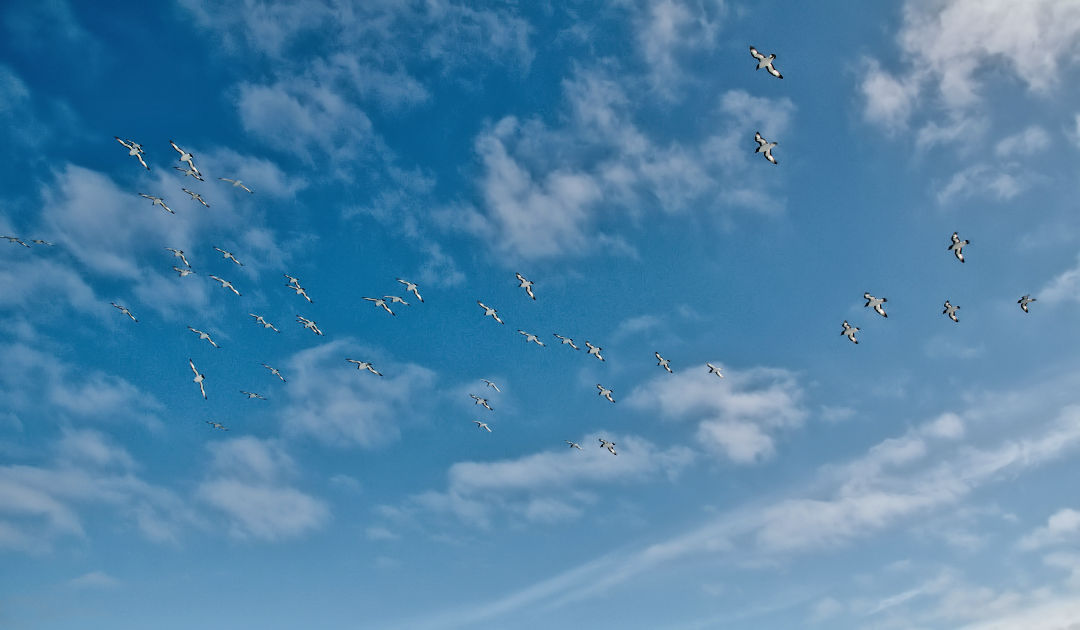
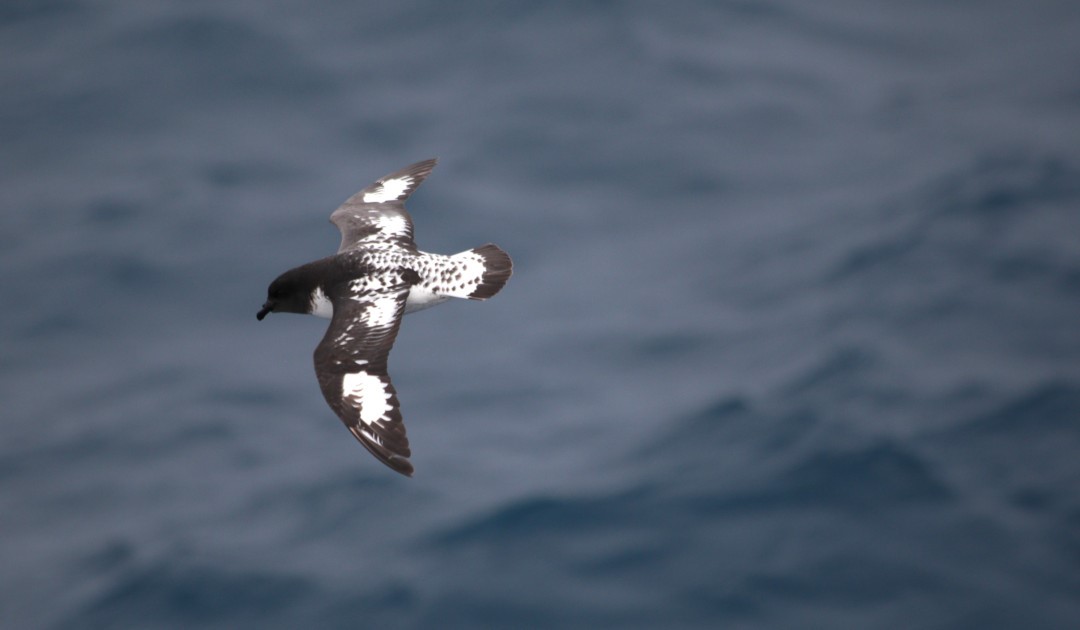
“You don’t need a master’s degree to collect the data, but you do need to know the procedure well and be able to identify the species,” says Victoria Ollus. She was a master’s student onthe Fram and Midnatsol cruise between 2019 and 2020. Today, she is a PhD student at the Arctic University of Norway.
The Antarctic Peninsula is changing rapidly. With less ice and rising temperatures, the changes are numerous. And so are the consequences for birds: localized reproductive failures, colonies disappearing while others expand. Added to climate change are other threats, and scientists are calling for greater vigilance.
So, krill fishing could increase in the future. Any international negotiation on the subject requires precise data to establish the basis for sustainable management, and to be able to turn back the clock should populations collapse due to lack of resources.
Bird observations from cruise ships carried out by the research group have revealed that bird communities have changed as a function of water temperature and distance from the coast, which in turn affect resources present. However, they were unable to link these results to the polar front, perhaps because the birds stay close to the coast during the breeding season.
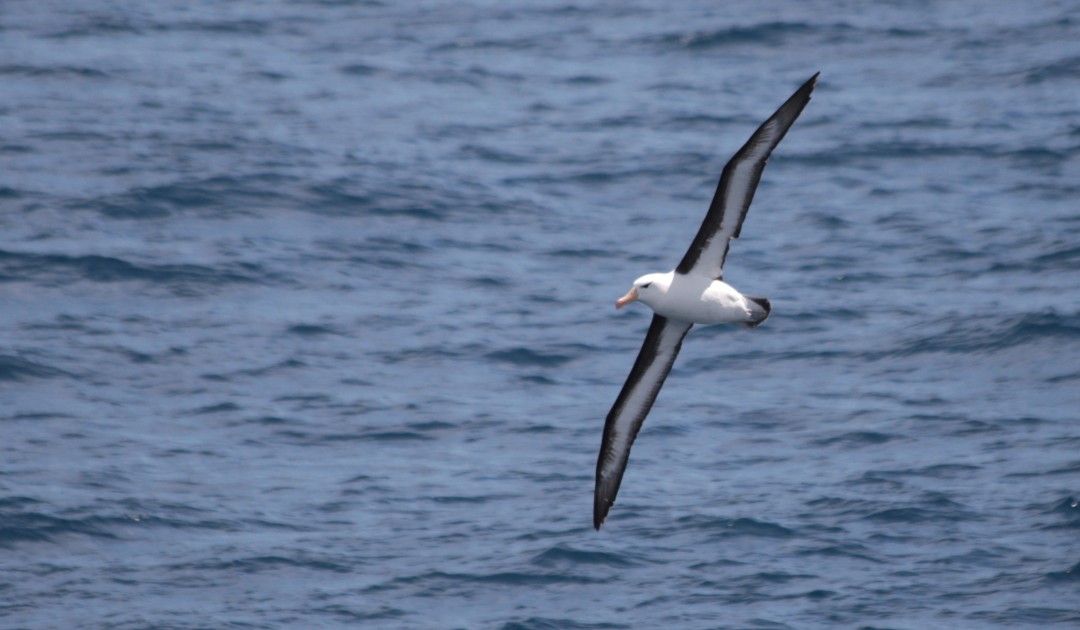
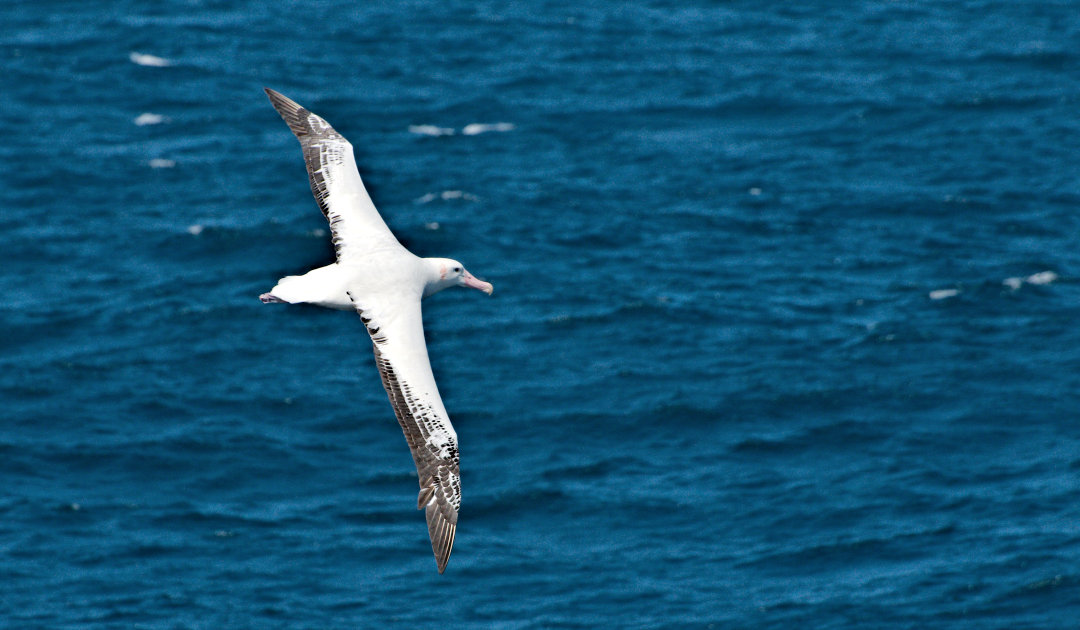
“The idea is to acquire more data, using the vessels already on site,” Ollus explains. The collaboration could benefit researchers and cruise lines alike. This need does not imply an increase in traffic in these regions. “They have their own footprint in the ecosystem,” notes the biologist.
During their cruise trials, the scientists presented lectures on their subjects of study on board. “Passengers are interested in learning more about their surroundings and the science being conducted in Antarctica,” she adds.
In exchange, researchers benefit from the opportunity of a research platform, which costs little money to set up, compared with oceanographic research vessels.
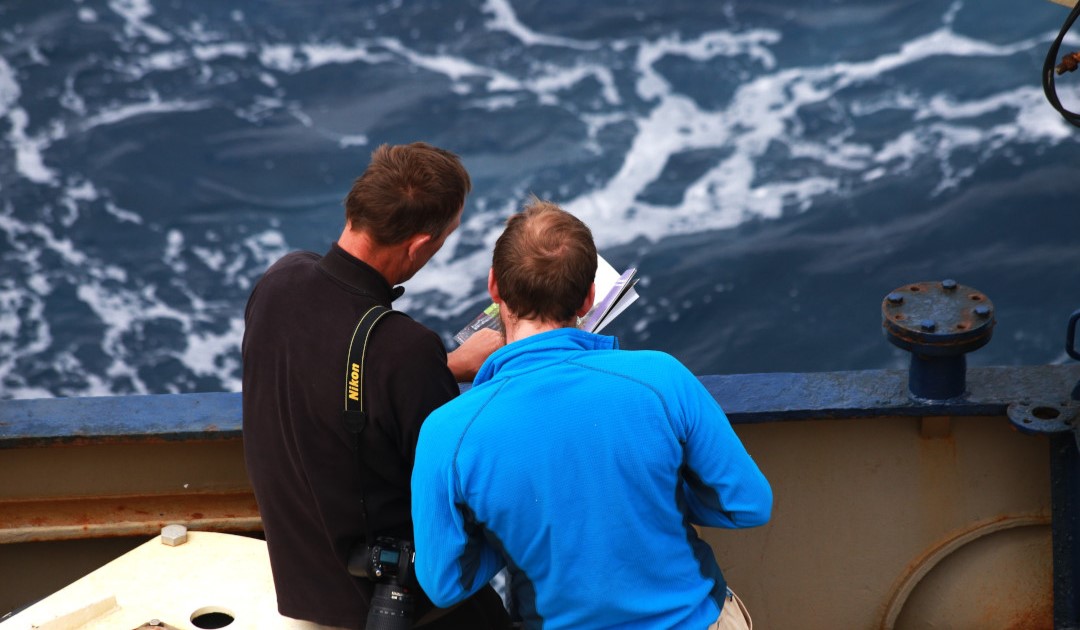
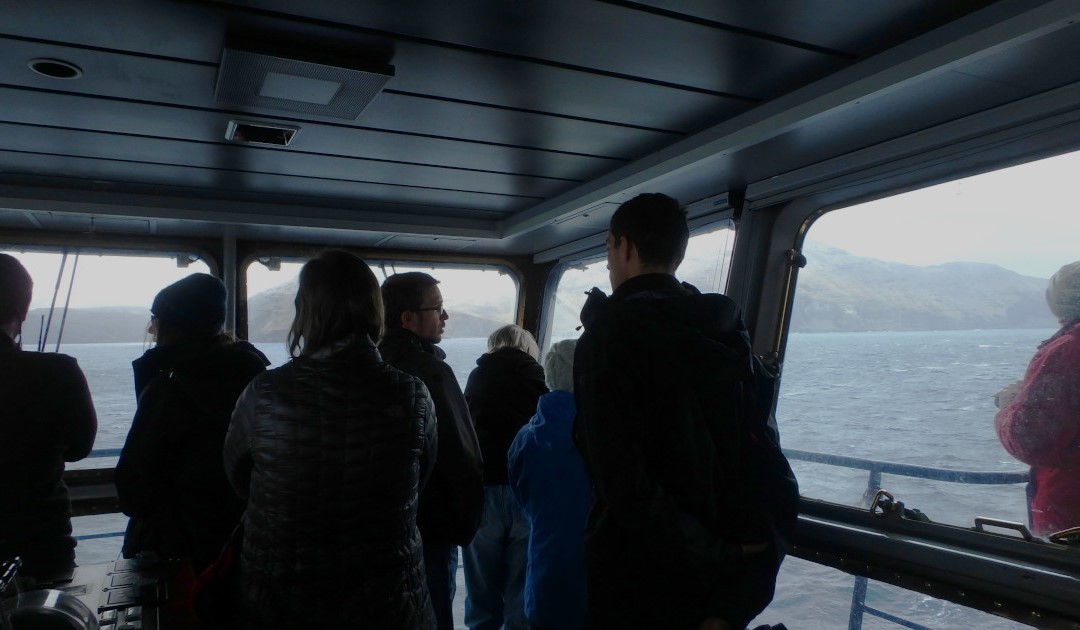
“Studies conducted onboard cruise ships should not replace research vessels however, but rather work as additional data collection opportunities” says Victoria Ollus.
Indeed, this new medium alone could not achieve the precision of research carried out specifically on board oceanographic vessels. Theses explore the details of the ocean’s interior design. They precisely define the ocean floor, the nature of different water masses, nutrients and currents and at the same time are able to collect more structured data on the distribution of seabirds.
But, while oceanographic vessels can cover a precise study area. Cruise ships, on the other hand, sail in straight lines between South America, the Antarctic Peninsula, the South Orkneys, South Georgia and the Falklands.
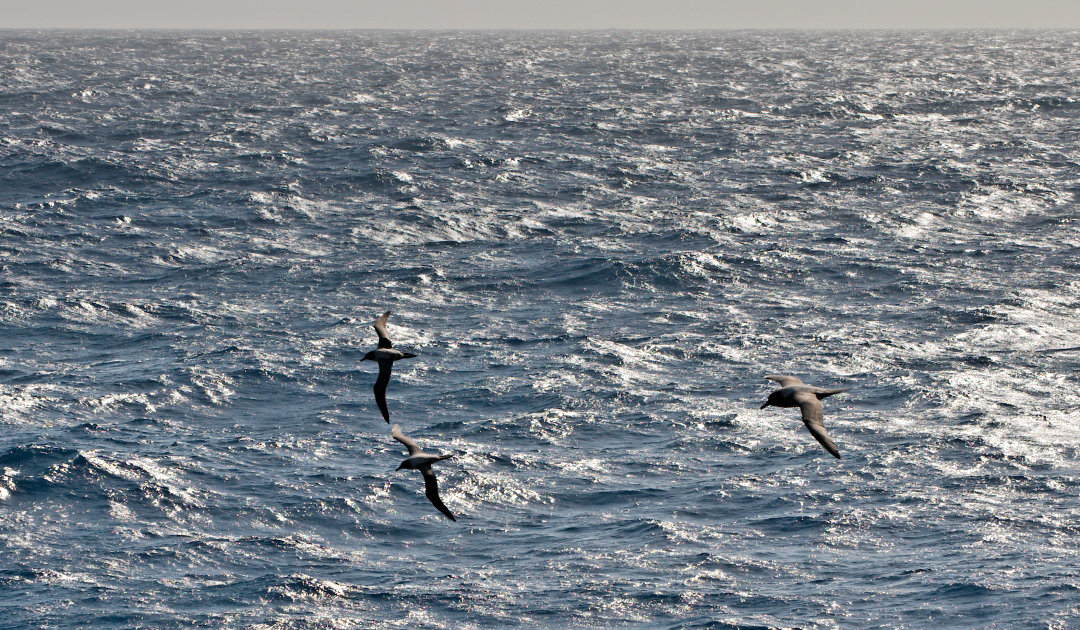
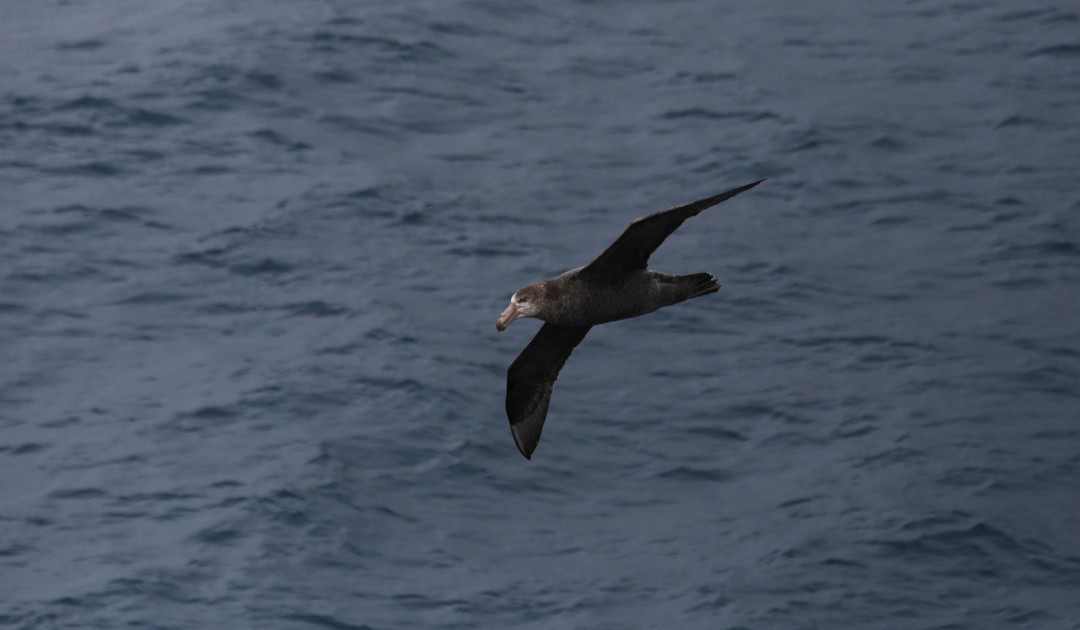
Training courses already exist for observers who work all year round and on other types of vessel. One example is the Offshore Seabird Monitoring Training offered by the Joint Nature Conservation Committee in England.
“I personally didn’t take these training courses, I learned from the scientific community,” adds Victoria Ollus. “I would recommend sending people dedicated to this mission.”
The observers employed to carry out the observation work have to devote themselves entirely to this task, as they have to watch over the bridge, count and identify bird and marine mammal species with binoculars. It’s a task that demands a great deal of concentration.
Camille Lin, PolarJournal
Featuring image by Michael Wenger
Find out more about this topic:





